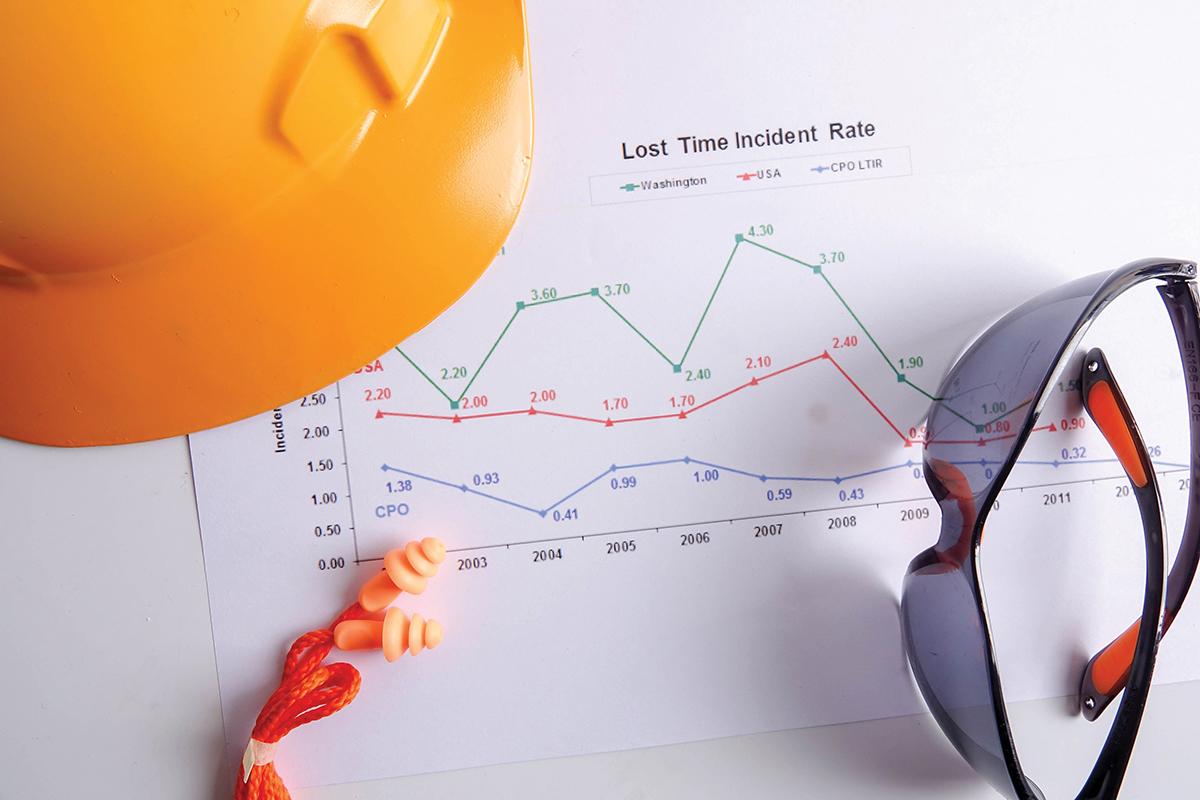Whether you own the house you are living in or staying on lease for the moment, it is important for you to have your electrical circuit inspected for safe and uninterrupted use. Not only will that help with basic troubleshooting but also maintain a safe environment that complies with electrical safety codes. Periodic safety checks are done to identify defective electrical components and potential hazards. Here are 5 ways to make sure that you don’t suffer any damage due to faulty electrical circuit wiring and defective electric cables:
Scheduling a periodic inspection of existing installations
Every installation tends to deteriorate with time and usage. This deterioration makes it necessary to schedule a safety check that ensures that parts and cables are functional and safe to use. Bad contacts in parts create resistance and give rise to sparking and electrical fires. Electric cables have primary insulation but external exposure to fire, or internal overheating due to a short circuit can trigger a hazardous electrical fire. A periodic safety check identifies defective electric cables and worn insulation to ensure protection from short circuits and electric fires.
How often is an inspection needed?
Ideally, every electrical circuit and installation should be inspected once in ten years. This ten-year interval is also recommended in the IEC 60364. However, it is not mandatory to schedule a periodic inspection but if your circuit breaker trips frequently or your fuse panels have turned dark due to burn marks, it is safer to have a licensed electrician inspect your circuit and electrical cables.
What needs to be inspected during a periodic verification?
Inspection gives a clear indication of the existing status of installations and, specifically, contact points and electric cables. Your periodic safety check should include the following:
- Installation of grounding devices
- Grounding (earthing) arrangements
- Serviceability of sockets, switches, control gear and switch gear
- The wiring circuit and insulation of power cables
- The efficiency of overcurrent protection provided by RCDs
- The extent of depreciation in electrical components
- Continuity of conductors
- Earth resistance
- Equipotential bonding
Have electrical cables tested for quality and safety
The most important aspect of electrical inspection is testing the quality of insulation and mechanical wear of cable wires. Cables that are subjected to constant fluctuations and overloads cause the insulation to deteriorate over time. The current flowing through these electrical cables can reach hazardous values leading to fatal electric shocks and fires. The quality of cables can be easily verified by measuring the resistance they offer. All wiring and cabling should conform to the regulations of the National Electrical Code and your local building codes.
Measure insulation resistance and resulting current
Ensure that the measurements are taken with an insulation tester to eliminate the risk of short circuits and earth faults. The insulation tester should also verify the integrity of power cables to identify insulation failures that could lead to fires. This test is to be conducted between active and protective conductors by connecting them to the grounding (earthing) arrangement. A low resistance would mean leakage which could be fatal in the absence of RCD.
Electrical hazards are a leading cause of property damage, but they can be easily avoided with periodic checks. As recommended by the electrical safety foundation, it is important to have an inspection when:
- Purchasing a new property
- A structure is 30 years or older
- When installing an appliance
- When a structure undergoes renovation
An electrical inspection is necessary for your peace of mind and the safety of your home or office. It ensures smooth functioning of electrical devices and identifies outdated and defective components that need repairs and replacements. Inspections also help you save energy and reduce replacement costs. Hiring the services of a licensed electrician for installing and repairing wiring will ensure that everything conforms to electrical safety codes while ensuring greater protection. Indoors or outdoors, cable installations require careful inspection to prevent conductor strain and overheating. While not all old circuits and power cable types can be labeled hazardous, it is always good to avoid accidents resulting from obsolete cables and outdated wiring.















Find Us on Socials